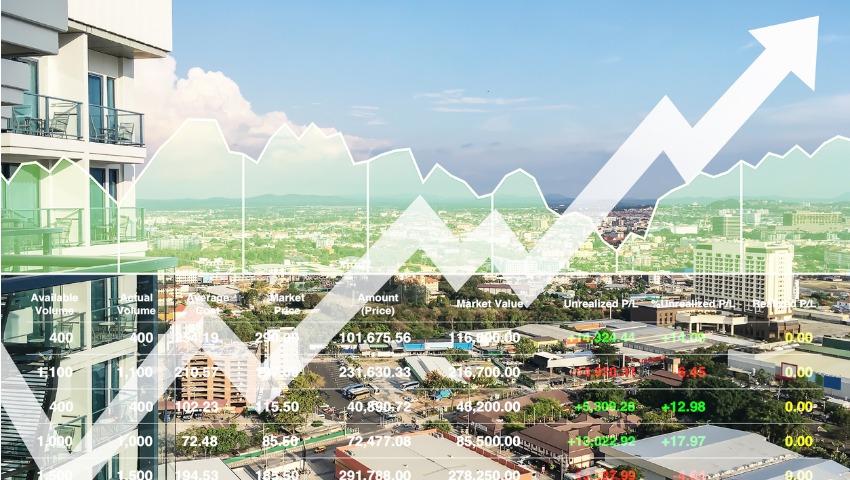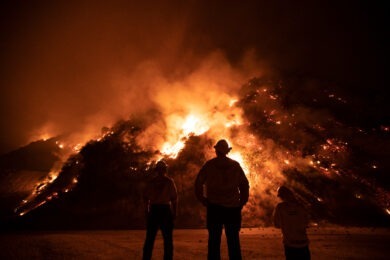Despite slowly diminishing revenue growth, the U.S. lodging industry will remain strong for the next two years, according to a leading industry source.
Lodging occupancy levels are expected to take a dip over the next two years, but these levels will stay above 65.5 percent through 2021, according to CBRE Hotel Research’s December issue of Hotel Horizons. During this same period, RevPAR is projected to increase by 1 percent per year.
Related: A Trio of Industry Reports Point to Growth in 2020
Lodging demand during the year has improved by 0.2 percent, to 2 percent, from the rate reported in the September edition of Hotel Horizons. The December Hotel Horizons reported that hotel occupancy rates will remain at the record-level 66.1 percent it achieved in 2018, making this the 10th consecutive year without a national occupancy decline.
CBRE forecasted the annual average daily rate (ADR) for the U.S. market to be $131.08, 0.9 percent more than the national average of $129.97 in 2018. The net result of this is a RevPAR increase of 0.8 percent for the year.
“Despite an economy that has supported strong growth in lodging demand and record occupancy levels, hoteliers have been unable to achieve gains in average daily rate commensurate with what we have seen during equally strong market conditions. We believe an environment of high occupancy with low ADR growth will persist for the foreseeable future,” said R. Mark Woodworth, senior marketing director for CBRE Hotels Research.
CBRE forecasts nominal RevPAR growth rates of 2.1 in 2022 and 3.5 percent in 2023. This represents real RevPAR gains of 0.3 percent in 2022 and 1.5 percent in 2023.
“Like other industries, hotels historically have followed the traditional business cyclical performance pattern: peak, contraction, trough, expansion and back to peak,” Woodworth said. “By our measure, the U.S lodging industry reached the peak of its current cycle in 2018. History calls for a downturn in 2020 or 2021. However, because the forecast declines in occupancy and real ADR are minimal, we are seeing a slight rollback in performance, which leads to sustained expansion starting in 2022. We expect to see a mini-cycle within the cycle.”




